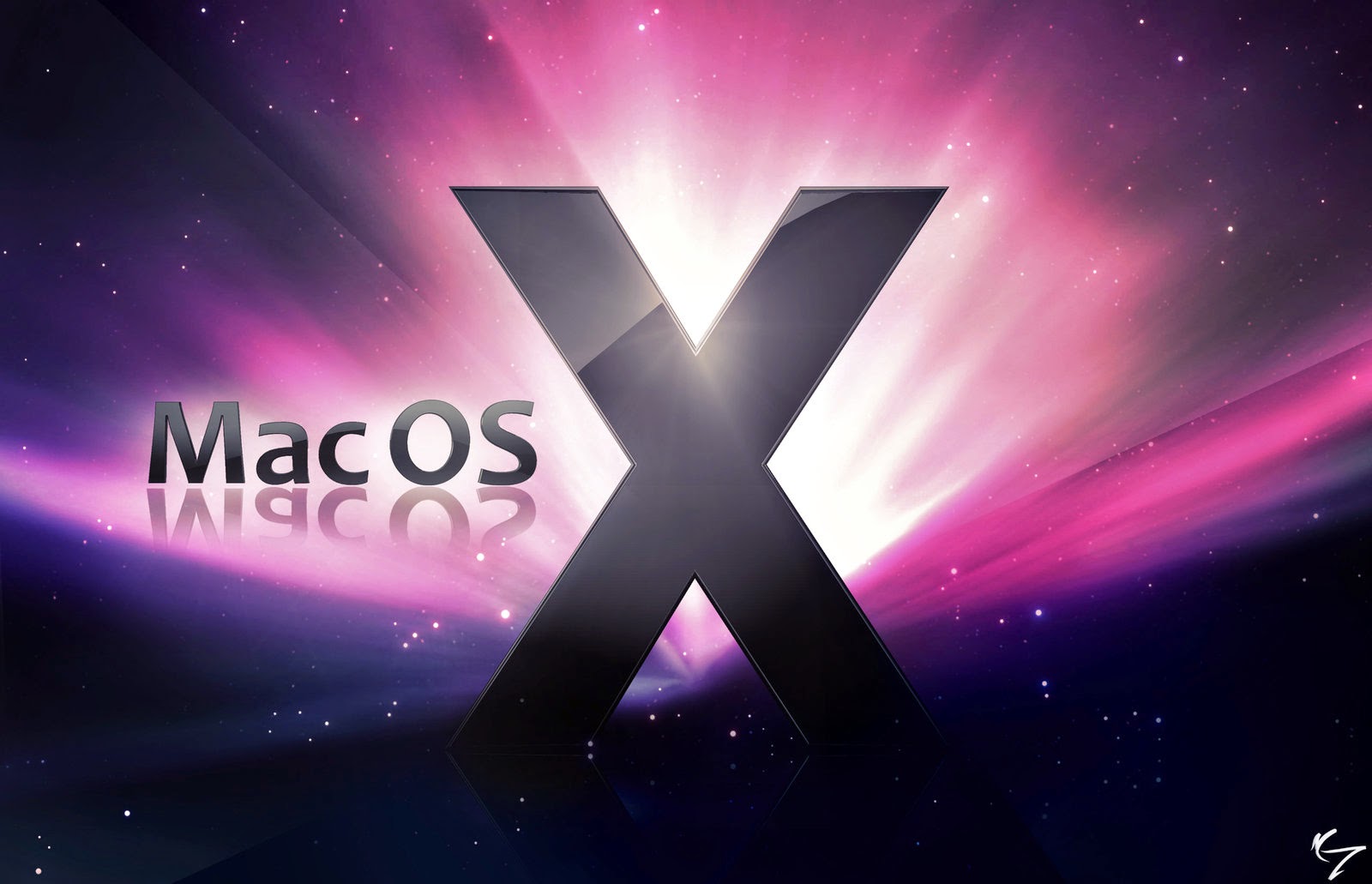Exploring Mac OS X 10.4 Tiger: A Comprehensive Guide
Mac OS X 10.4 Tiger marked a significant milestone in the evolution of Apple’s operating system, introducing a range of innovative features that enhanced user experience and performance. Released in April 2005, Tiger was the fifth major release of Mac OS X and set the standard for future operating systems with its focus on speed, reliability, and usability. This article will delve into the various aspects of Mac OS X 10.4 Tiger, from its key features to its impact on the computing landscape.
In this comprehensive guide, we will explore the history of Mac OS X, its system requirements, key functionalities, and the legacy it left behind. Whether you are a long-time Mac user or just curious about the operating system that transformed Apple’s software, this article aims to provide you with all the information you need to understand Mac OS X 10.4 Tiger.
As we navigate through the different sections, you will discover the technical specifications, notable applications, and the reasons why Tiger remains a significant part of Mac's operating system history. Let’s begin our exploration of Mac OS X 10.4 Tiger!
Table of Contents
- 1. History of Mac OS X 10.4 Tiger
- 2. Key Features of Mac OS X 10.4 Tiger
- 3. System Requirements
- 4. Performance Enhancements
- 5. Notable Applications in Tiger
- 6. The Legacy of Mac OS X 10.4 Tiger
- 7. Conclusion
- 8. Sources
1. History of Mac OS X 10.4 Tiger
Mac OS X 10.4 Tiger was introduced as a successor to Mac OS X 10.3 Panther. This version was highly anticipated, with Apple showcasing its new features at the Apple Worldwide Developers Conference (WWDC) in 2004. The operating system was officially launched on April 29, 2005, and it was met with critical acclaim.
One of the most significant aspects of Tiger was its focus on enhancing user productivity. With the introduction of Spotlight, a powerful search tool, users could quickly locate files, applications, and emails, streamlining their workflow. Additionally, Tiger included a host of new features that catered to both casual users and professionals alike.
2. Key Features of Mac OS X 10.4 Tiger
Mac OS X 10.4 Tiger introduced a variety of features that set it apart from its predecessors. Here are some of the most notable:
- Spotlight: An advanced search technology that allows users to find files and information quickly.
- Dashboard: A new interface for widgets, providing users with easy access to tools like weather, stocks, and notes.
- Automator: A tool that enables users to create workflows for automating repetitive tasks.
- Core Image and Core Video: Technologies that improved graphics and video processing capabilities.
- Safari 3: An updated version of Apple's web browser, featuring improved speed and new functionalities.
2.1 Spotlight Search
Spotlight revolutionized how users interacted with their files by providing instant search results as users typed. This feature significantly reduced the time spent searching for documents, images, and applications.
2.2 Dashboard Widgets
Dashboard allowed users to access mini-applications called widgets, which provided quick information at a glance. Users could customize their Dashboard with widgets for weather, clocks, and other tools, enhancing their productivity.
3. System Requirements
To install and run Mac OS X 10.4 Tiger, users needed to meet specific system requirements:
- Mac computer with a G3, G4, or G5 processor
- 512 MB of RAM (1 GB recommended)
- At least 5 GB of available disk space
- DVD drive for installation
4. Performance Enhancements
Mac OS X 10.4 Tiger brought numerous performance enhancements that improved the overall user experience:
- Faster boot times and application launches.
- Increased stability and reliability compared to previous versions.
- Enhanced support for multi-core processors.
5. Notable Applications in Tiger
Mac OS X 10.4 Tiger included a suite of applications that catered to various user needs:
- iChat: Instant messaging app with support for video chats.
- iPhoto: Photo management software for organizing and editing images.
- Mail: An email client that offered improved features for managing inboxes.
6. The Legacy of Mac OS X 10.4 Tiger
Mac OS X 10.4 Tiger left a lasting impact on Apple's operating system, setting the stage for future releases. Its innovations paved the way for features that are still relevant in the latest versions of macOS. Tiger was not just about new features; it was about creating an ecosystem that prioritized user experience and productivity.
7. Conclusion
In conclusion, Mac OS X 10.4 Tiger was a groundbreaking release that introduced a host of features aimed at enhancing user productivity and experience. From Spotlight to Dashboard, Tiger set a new standard for operating systems and played a crucial role in shaping the future of Apple’s software. If you have any experiences or thoughts about Mac OS X 10.4 Tiger, feel free to share them in the comments below!
8. Sources
For further reading and reference, consider checking the following sources:
Article Recommendations
- Fighter Jet Joystick
- Bobby Charlton
- Cassie Ventura Parents Nationality
- Karlanenio Crimecene
- Goat Sneakers
- Elavil And Alcohol
- The Matchmakers Asianwiki
- Yvonne Elliman
- Mingus Lucien Reedus
- Female Nakedness


